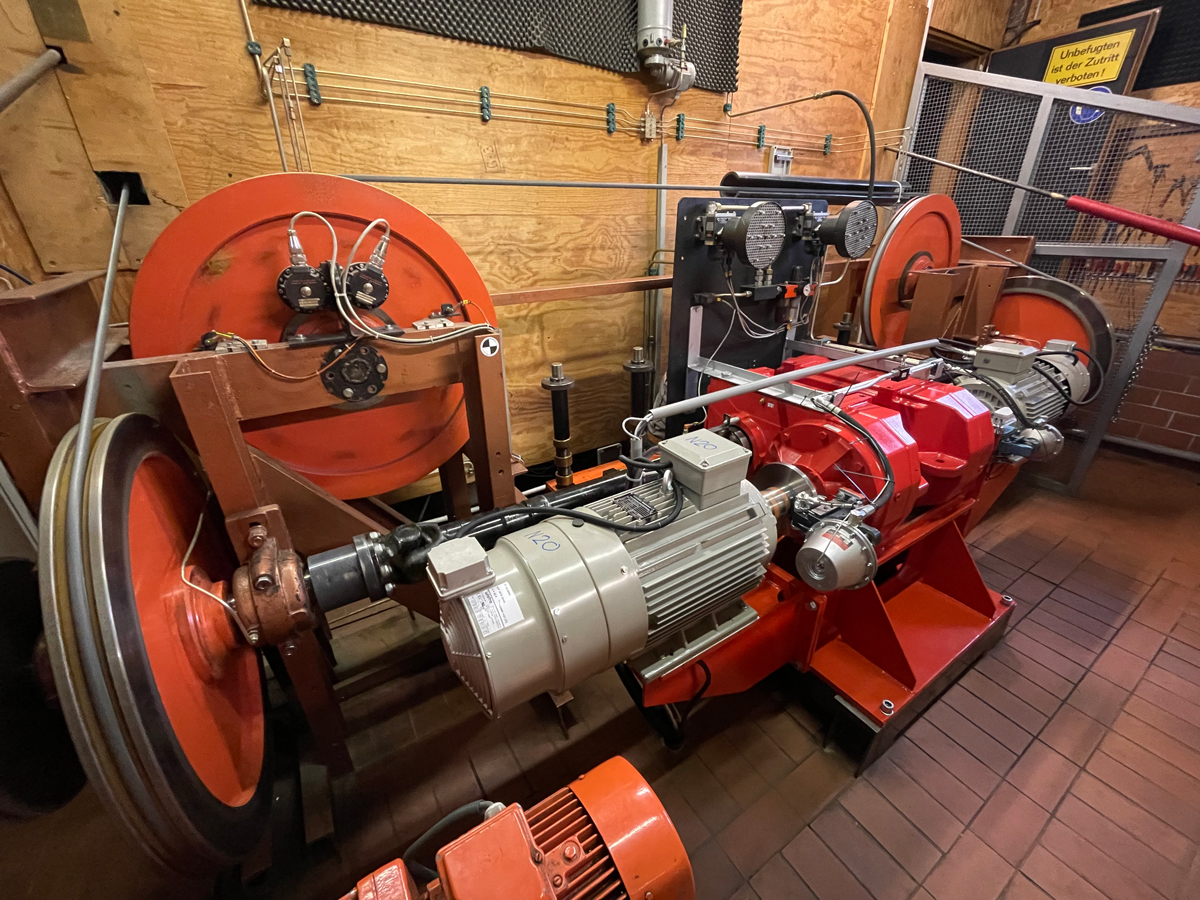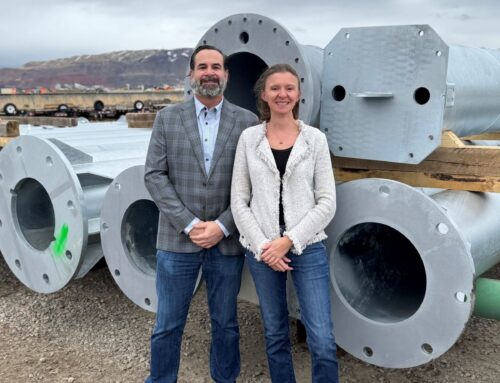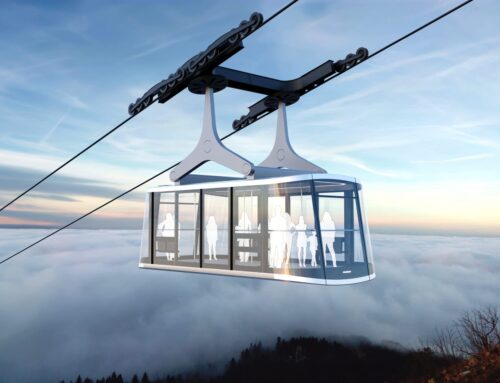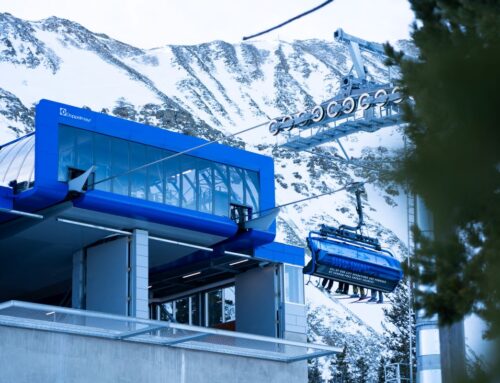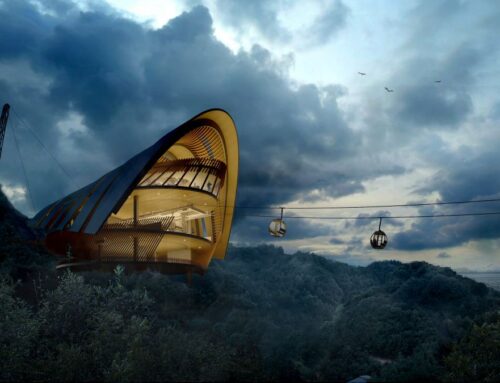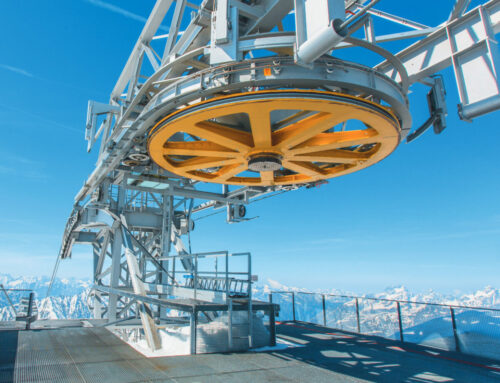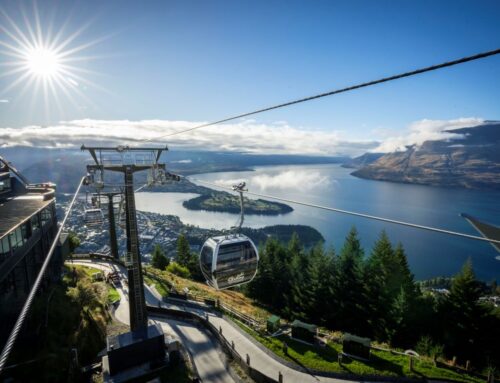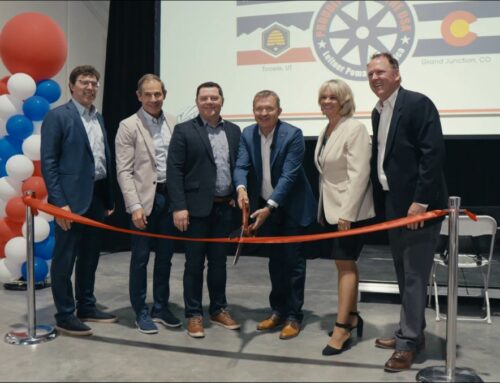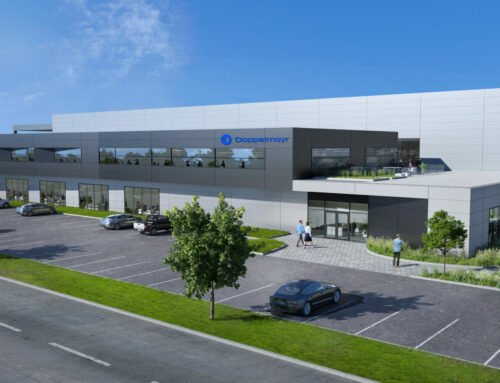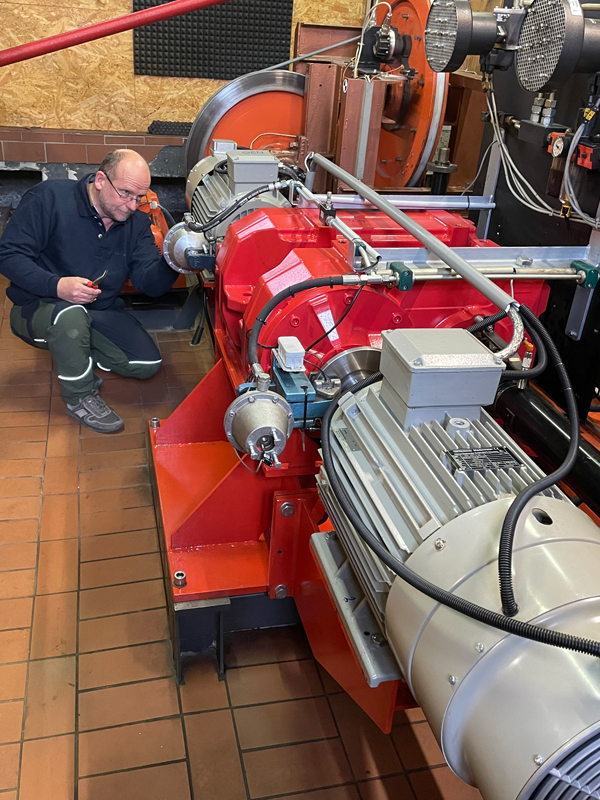
Cableway & Technology
Enrope strengthens Salzbergbahn salt mine railway
The Obersalzberg railway near Berchtesgaden is an exceptional cable car. Constructed in 1949 using railway materials, it works with very special cable car technology, including transmission with two drive pulleys.
“The transmission, which was newly installed 1996, suffered from huge strains. The difference between the cable sheaves was too great and we had no free run,” operator Andreas Bruckmann describes the initial situation. The consequences of this were regularly broken bearings and cogs, a cable with a shorter service life, and system stoppages.
In the search for a solution, the name Enrope came up with increasing frequency in discussions with transmission companies and industry representatives. The German cable car manufacturer specialises in small cable cars that require individual engineering.
“Right from the first meeting, I realised straight away: these are my competent partners to strengthen our Obersalzberg railway,” Bruckmann says. And Enrope was able to get started immediately.
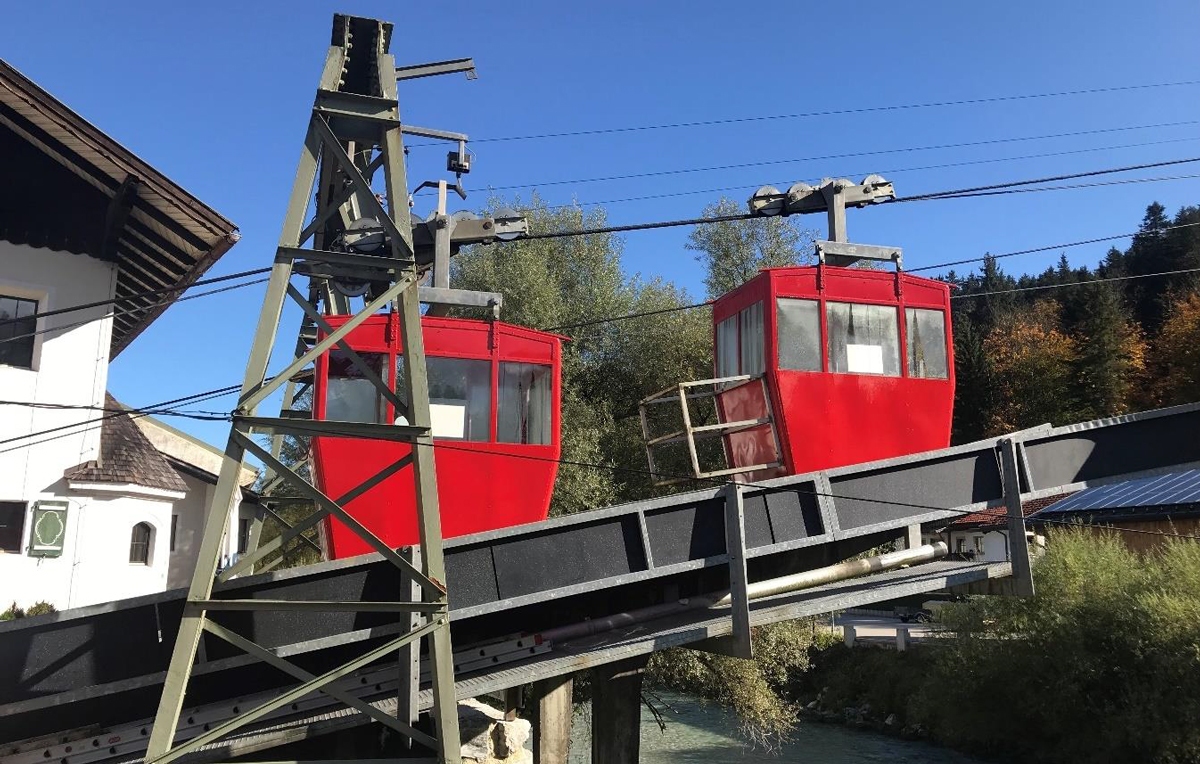
Initial steps
“In winter 2020, we are able to discuss the issue in advance with experts from TÜV Süd and Rotec GmbH. On the basis of this, we were commissioned by Andreas Bruckmann to conduct the preliminary study into strengthening the drive for the 2-cable gondola railway,” Enrope Managing Director Peter Glasl reports.
As the next step, the cable car experts analysed the comprehensive construction documents from the 60s, the documentation about the 1995-97 upgrade, and the last RP inspection certificates from Rotec GmbH.
Anton Glasl measured the drive and brakes as well as instructing surveyor Singer to undertake a 3D scan of the entire machine room. This guarantees that future plans can be inserted precisely on the CAD.
“By e-mail, telephone and on site, we repeatedly coordinated with operations manager Bruckmann, Wolfgang Neumayr from the regional government in Upper Bavaria, and Sven Winter from Rotec GmbH,” Glasl says.
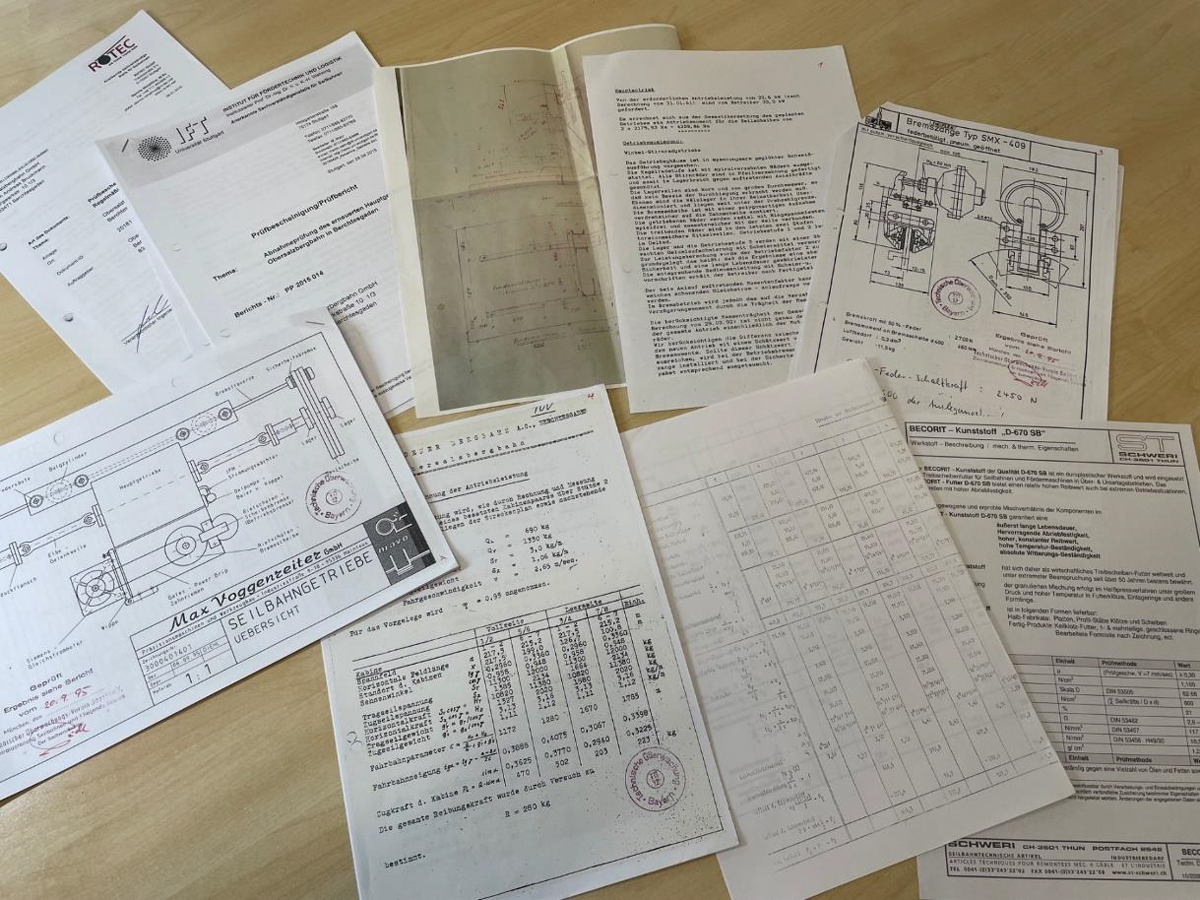
Numerous options discussed
Various options were debated together. As such, enlarged drive pulleys from D = 865 mm e.g. to D = 1110 mm were discussed, to turn the cable more gently. However, this idea was rejected.
To prevent damaging line tensions in the drive station, the option of having the drive above one cable sheave only (rather than two, as previously) was calculated, discussed and rejected.
Enlargement of the cable sheaves would increase the service life of the cable. However, on closer examination, it became clear that the coefficient of friction on one cable sheave would be barely sufficient to transmit the calculated motor torque.
However, transmission of the maximum braking torque generated by the service brake can be demonstrated reliably neither with the Becorit “D-670 SB” synthetic installed nor with the possible alternative of a rubber lining.
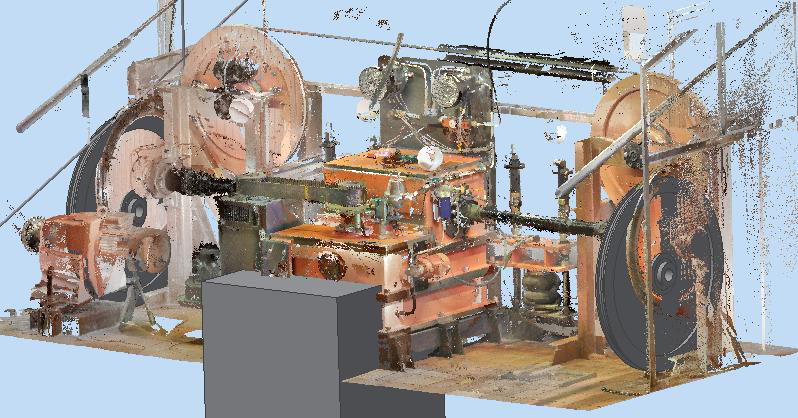
The solution lies in the past
“Ironically, we found the best option in the state-of-the-art technology from 1949,” Bruckmann grins. Both drive pulleys were therefore still to be used in the future and the tensions between them were to be eliminated.
“We then asked five transmission manufacturers whether a special transmission with a differential compensation would be possible – they all declined,” Peter Glasl says.
In the end, Enrope looked again at the original condition of the cableway, before the 1995-97 upgrade. Until then, the drive was fitted with two electric motors and service brakes, each of which operated on one of the cable sheaves when mechanically disengaged.
The (transmission) reduction took place by means of V-belt drive, pinion and cogwheel.
The central distributor transmission installed later, without the option of compensating for speed differences (as a result of slippage or diameter discrepancies) between the cable sheaves, was obviously the cause of the present problems.
.
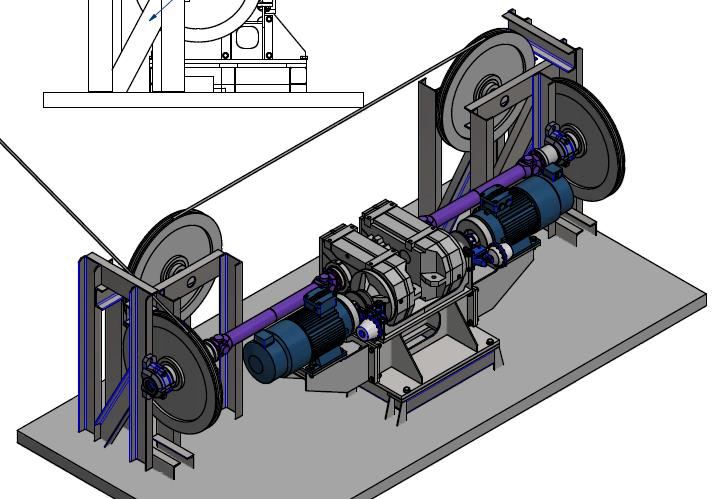
No changes in safety-related components
After a new agreement with the government, experts and clients, Enrope now implemented the solution with two transmissions, two motors and two service brakes.
The existing, tried and tested, safety-related equipment was not changed. This included the hoist cable, buildings, fixings, steel supporting structures, cable sheaves, safety brake, cardan shafts, service brake, sensors, control system and emergency drive.
Enrope replaced the existing distributor transmission with two parallel shaft transmissions from a reputable manufacturer (including cable-car-specific calculations and certificates). Special pinion shafts with a flange were manufactured to connect the cardan shafts.
Enrope also installed a second, identical service brake. So that the braking performance was not adversely intensified, two brake discs of ½ effective diameter (200 mm rather than 400 mm) were produced and installed on an appropriate coupling on the transmission feeds. The brake pneumatics were extended accordingly.
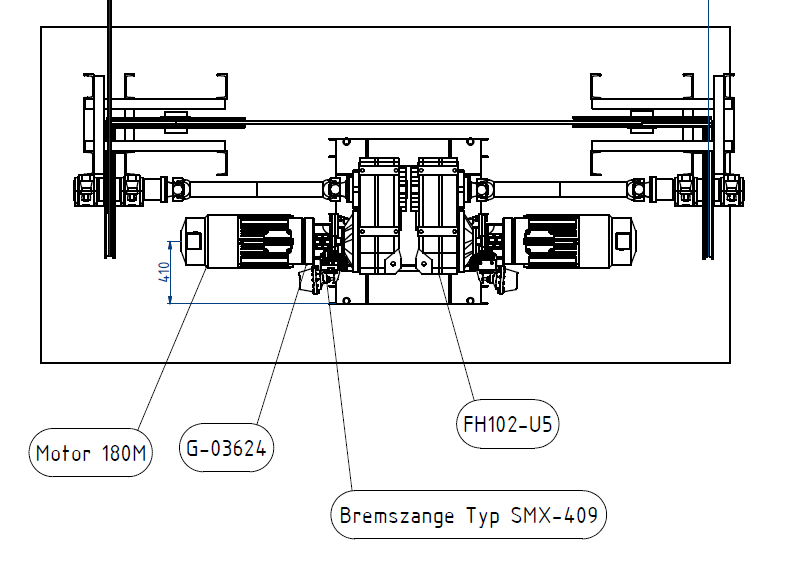
The old control system is still in charge
“We replaced the 33 kW Siemens shunt motor with two 3-phase, 22 kW motors that are less prone to wear,” Peter Glasl continues. For the summer temperatures, the motors were fitted with automatically activated, external fans.
For installation of the new drive train, the team manufactured a special console, which is anchored on the original foundations.
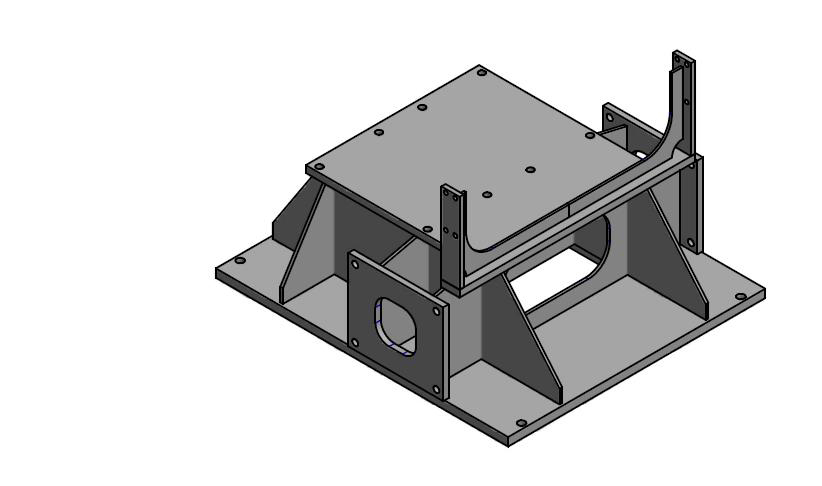
Enrope re-installed the existing sensors on the drive train with adapted mountings. The experts replaced the SIMOREG power converter from Siemens with a frequency inverter with braking resistance, and they rewired it.
“The biggest challenge of the project was therefore that the old control system can control the new components,” operations manager Andreas Bruckmann says.
Here, the frequency inverter fulfils the following basic conditions: virtually identical interface to the existing cable car control system; suitable for controlling 2 motors running in parallel; suitable for installation in the existing space.
Components selected
- Brake: Rietschoten R&H 220; x1
- External fan: Wistro IL Bg 160-200; x2
- Frequency inverter: Schneider Electric MX pro; x1
- Transmission: Wattdrive FH102U5; installation location M5 x1 and M6 x1
- Coupling: ROTEX 42 GG DKM; x2
- Motors: NCH 180 L-4 B3 IE3; x2
- Resistor: Siemens 6SE7028; x1
Conclusion
perfect symbiosis, as Andreas Bruckmann confirms:
“There are no more problems. The cable car now runs more easily, quietly and smoothly – it is simply brilliant!”
